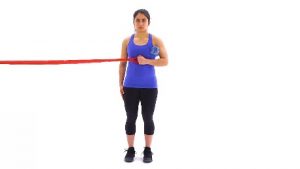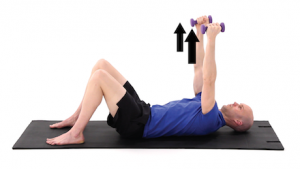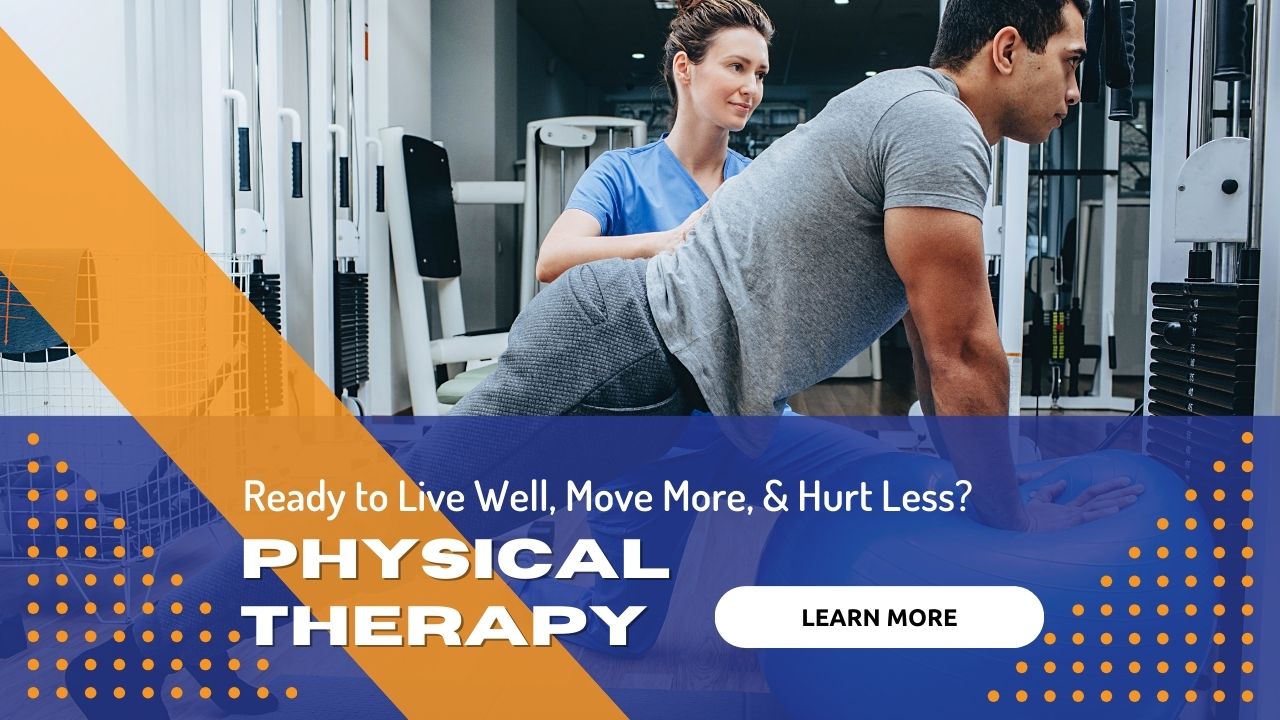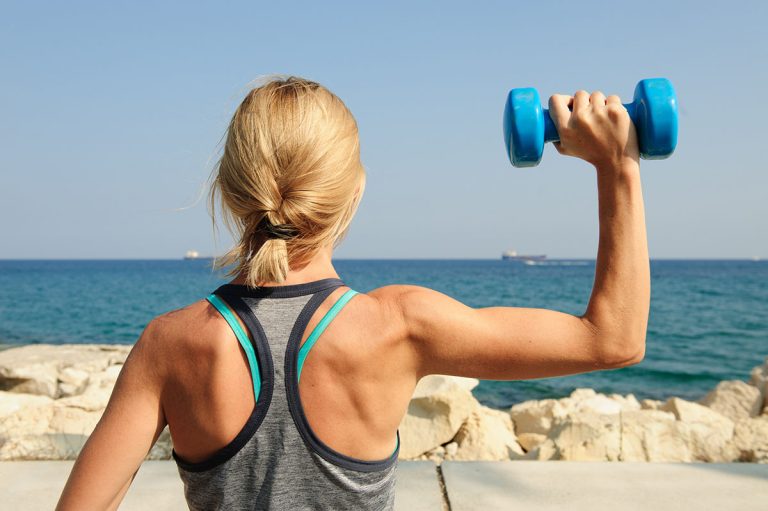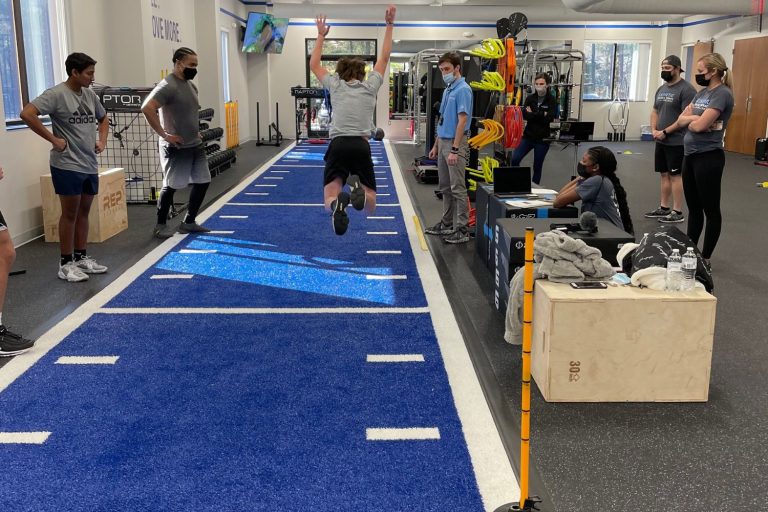
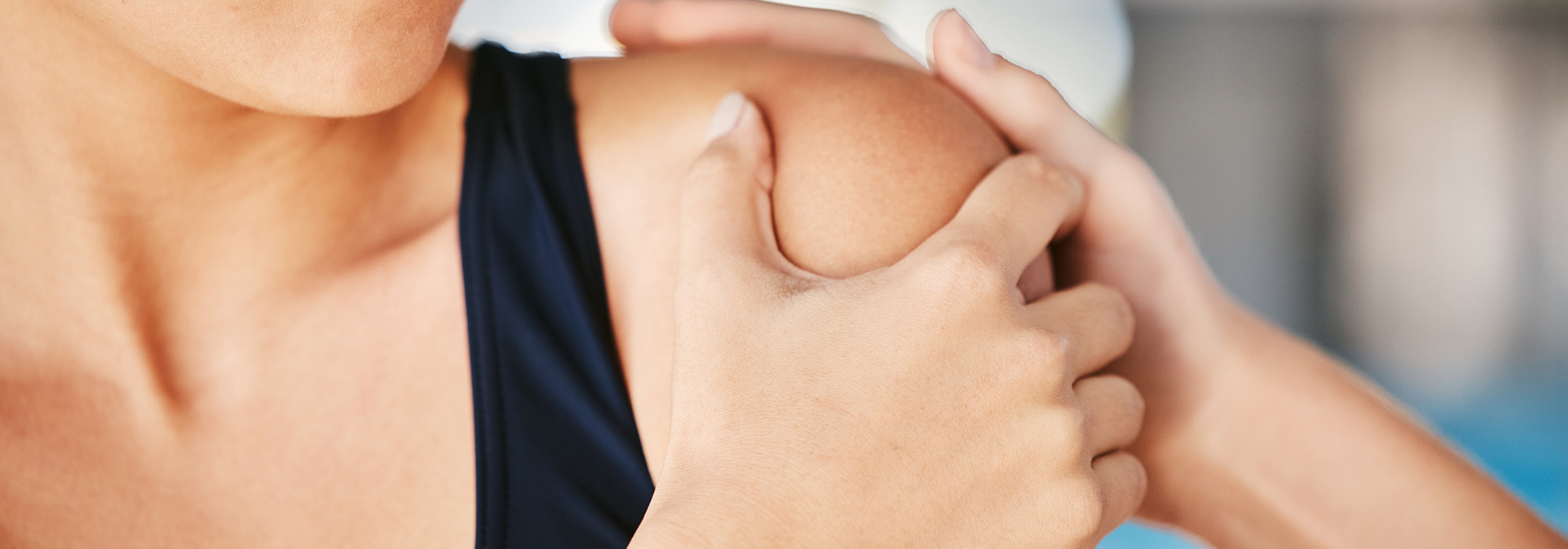
Why Non-Swimmers Get “Swimmer’s Shoulder”
Swimmers often complain of aches and pains in their shoulder that either keeps them from swimming or limits how well they swim. In one study, as much as 50% of swimmers experienced shoulder pain, often referred to as “swimmers shoulder.” Due to the repetitive movements that swimmers must perform at their shoulders, they tend to more prone to overuse injuries at their shoulder. One of the common risk factors with swimmers is observed during hand entry in which the hand crosses midline. This can cause more “pinching” at the shoulder joint. If you’re not a swimmer, however, you can actually still have swimmer’s shoulder!
Swimmers shoulder is a common term for all of the shoulder aches and pains that occur in swimmers, but one of the most common causes of this pain is shoulder impingement. This is when the person raises their arm only to get that pinch or catch in their shoulder. Shoulder impingement typically shows up during everyday activities such as when doing an overhead press in the gym, reaching into the cabinet at home or trying to lift your quickly growing child up in the air. The catch or pinch that you feel is the impact of your tendons or fluid sacs (bursae) getting pinched or caught on the roof of your shoulder. This can make reaching, sleeping, throwing a ball, and even driving more difficult.
A quick self-test to see if you might have impingement is to position your arm to your side with your palm facing forward and then raise your shoulder out to the side and then all the way up until reaching the ceiling (like making a snow angle). If you have pain at the middle point of the motion, then it’s time to take action.
If this is all too familiar to you, there are some simple actions you can take to get on the right track.
- Try a little ice – I know this is all too common of a solution, but if your shoulder is causing steady pain, there is likely some lingering inflammation that a little cold therapy can help. Sometimes in our world of advanced technology and an abundance of medication options, it is the most simple solutions that are often overlooked. You can create your own, or pick up a cold pack from your local sports store.
- Do some exercises – Strengthening the smaller muscles around the shoulder (ie. The rotator cuff) is important because these muscles help hold the ball of the shoulder in place when you raise your shoulder. Here are a couple favorites:
Shoulder external rotation – Begin standing upright with your elbow bent at 90 degrees and a towel roll tucked under your arm, holding a resistance band that is anchored out to your opposite side. Rotate your arm out to your side, pulling against the resistance, then slowly return to the starting position and repeat.
Shoulder protraction – Begin lying on your back with your arms raised straight upward, holding a dumbbell in each hand. Keep your elbows straight and punch your arms up toward the ceiling, raising your shoulders off the ground.
- Add some stretches – You can only move as far as your muscles and joints allow. Stretching some of the tight tissues will help reduce some of the pinching sensation you feel at your shoulder. Try these to get started.
Pect stretch – Begin in a standing upright position in the center of a doorway. With your elbow straight, place your hand on the side of the doorway at roughly a 60 degree angle from your side, then take a small step forward and slightly rotate your body until your feel a stretch in the front of your shoulder. Hold this position.
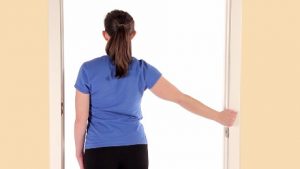
Sleeper stretch – Begin by lying on your side with your bottom arm bent upward at a 90 degree angle. With your other arm, apply a gentle downward pressure until you feel a stretch in your shoulder.

These are just a few to get started. Keep working on theses and look to start seeing changes within a couple of weeks. If you are not noticing changes or your progress comes to a halt, it is likely time for a comprehensive physical therapy assessment.
Please Share
categories
Recent Posts
categories

Why Non-Swimmers Get “Swimmer’s Shoulder”
Swimmers often complain of aches and pains in their shoulder that either keeps them from swimming or limits how well they swim. In one study, as much as 50% of swimmers experienced shoulder pain, often referred to as “swimmers shoulder.” Due to the repetitive movements that swimmers must perform at their shoulders, they tend to more prone to overuse injuries at their shoulder. One of the common risk factors with swimmers is observed during hand entry in which the hand crosses midline. This can cause more “pinching” at the shoulder joint. If you’re not a swimmer, however, you can actually still have swimmer’s shoulder!
Swimmers shoulder is a common term for all of the shoulder aches and pains that occur in swimmers, but one of the most common causes of this pain is shoulder impingement. This is when the person raises their arm only to get that pinch or catch in their shoulder. Shoulder impingement typically shows up during everyday activities such as when doing an overhead press in the gym, reaching into the cabinet at home or trying to lift your quickly growing child up in the air. The catch or pinch that you feel is the impact of your tendons or fluid sacs (bursae) getting pinched or caught on the roof of your shoulder. This can make reaching, sleeping, throwing a ball, and even driving more difficult.
A quick self-test to see if you might have impingement is to position your arm to your side with your palm facing forward and then raise your shoulder out to the side and then all the way up until reaching the ceiling (like making a snow angle). If you have pain at the middle point of the motion, then it’s time to take action.
If this is all too familiar to you, there are some simple actions you can take to get on the right track.
- Try a little ice – I know this is all too common of a solution, but if your shoulder is causing steady pain, there is likely some lingering inflammation that a little cold therapy can help. Sometimes in our world of advanced technology and an abundance of medication options, it is the most simple solutions that are often overlooked. You can create your own, or pick up a cold pack from your local sports store.
- Do some exercises – Strengthening the smaller muscles around the shoulder (ie. The rotator cuff) is important because these muscles help hold the ball of the shoulder in place when you raise your shoulder. Here are a couple favorites:
Shoulder external rotation – Begin standing upright with your elbow bent at 90 degrees and a towel roll tucked under your arm, holding a resistance band that is anchored out to your opposite side. Rotate your arm out to your side, pulling against the resistance, then slowly return to the starting position and repeat.
Shoulder protraction – Begin lying on your back with your arms raised straight upward, holding a dumbbell in each hand. Keep your elbows straight and punch your arms up toward the ceiling, raising your shoulders off the ground.
- Add some stretches – You can only move as far as your muscles and joints allow. Stretching some of the tight tissues will help reduce some of the pinching sensation you feel at your shoulder. Try these to get started.
Pect stretch – Begin in a standing upright position in the center of a doorway. With your elbow straight, place your hand on the side of the doorway at roughly a 60 degree angle from your side, then take a small step forward and slightly rotate your body until your feel a stretch in the front of your shoulder. Hold this position.

Sleeper stretch – Begin by lying on your side with your bottom arm bent upward at a 90 degree angle. With your other arm, apply a gentle downward pressure until you feel a stretch in your shoulder.

These are just a few to get started. Keep working on theses and look to start seeing changes within a couple of weeks. If you are not noticing changes or your progress comes to a halt, it is likely time for a comprehensive physical therapy assessment.
Please Share



